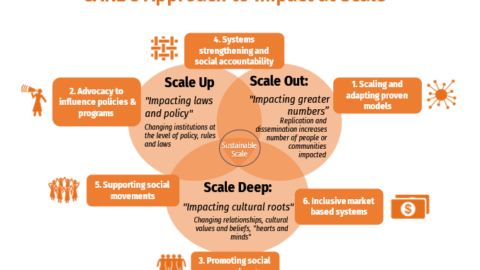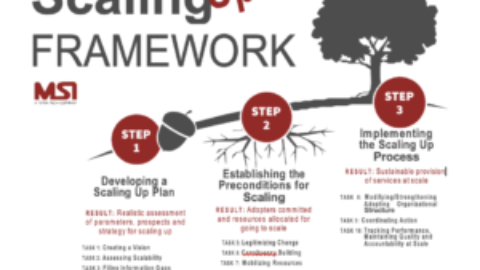By Robert Berlin robert.berlin@syngenta.com
Young people continue to leave farms for the cities. Some, however, seize rural business opportunities if these become available. Their enthusiasm can lift entire agricultural communities. Robert Berlin, Head of Agriservices at the Syngenta Foundation, explains.
Question: What do you see as the greatest barrier to improving smallholders’ livelihoods?
Robert Berlin: In developing countries, a major agricultural challenge is access. For smallholders, access to a wide range of goods and services can catalyze the move from subsistence agriculture to sustainable income. These elements include markets, infrastructure, training, technologies, seed and other inputs, credit and machinery.
Question: Access alone is surely not enough on its own, though?
No, that’s just part of the story. Another key to making farming a rewarding profession is the energy, enthusiasm and commitment of rural communities, particularly youth. When young people see their parents work very hard for little reward, a life spent in farming is not an attractive prospect. New opportunities are essential.
Question: What sort of opportunities does your Agriservices team provide?
Young people’s entrepreneurial dynamism is at the heart of three initiatives: Agri-Entrepreneurs (AE), Farmers’ Hubs (FH) and Mechanization Service Centers (CEMA). These started in India, Bangladesh and Senegal respectively. Their success is now leading to replication elsewhere.
Question: Let’s concentrate on Agri-Entrepreneurs. How does this idea work?
Launched in 2014, the AE model has become one of our flagship initiatives. It provides what is sometimes called ‘last-mile delivery’. An AE is typically a young man or woman, perhaps previously unemployed. He or she works with up to about 200 local farmers. AEs ensure that smallholders have access to information, inputs, credit and markets. Their ability to foster trust in close-knit communities is crucial. In return, they are empowered to play a vital role in local agricultural development. Competition to become an AE is keen. Successful candidates receive a strong grounding in agricultural techniques, business and entrepreneurial skills.
Question: How does the Syngenta Foundation scale up its programs?
Partnerships are vital in all we do. They’re typically Public-Private Partnerships. We want to create functioning markets and avoid charitable dependence. So unlike some organizations, we always aim to involve the private sector. We are also keen users of digital technology. The combination is crucial for scale-up. Our AE program is a good example. We’re working here with www.kuza.one/. Their digital platform helps poor people learn and connect in large numbers. We also link AEs with financial institutions and other commercial partners to provide the best services for smallholders.
Question: What about the future? Where is your AE program heading next?
The AE model currently links some 500 entrepreneurs with approximately 75,000 farmers. That’s up from 300 and 40,000 at the start of 2018. Local governments in India are sponsoring training of more AE, and investment from the Tata Trusts is ensuring expansion of the scheme. We aim to replicate the Indian scheme in other countries soon.



